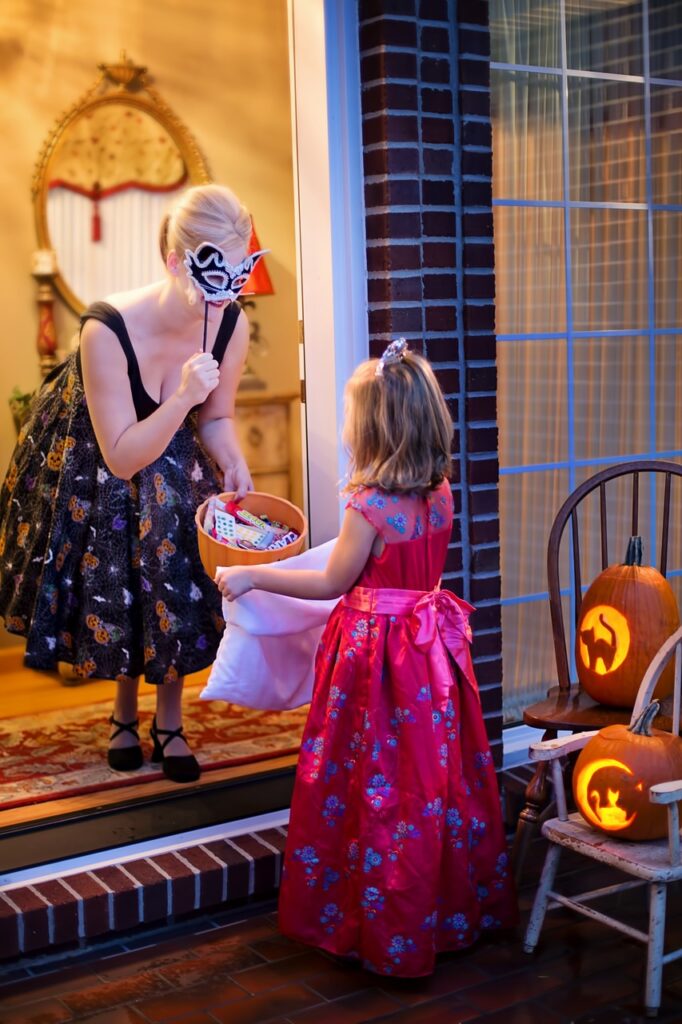Halloween is just around the corner. And this can create a lot of stress for parents who are racing to get their kids ready; and for party-goers who just don’t know what to wear. CNN has recently compiled a list of the most popular costumes for 2024, and perhaps it can save you time, if not money.
It’s interesting, in an election year, to see so few election-themed costume ideas here. It’s also interesting to see how media-heavy the choices are and how little the Olympics and other recent events have impacted the choices people make.

Here, according to CNN is the list. Get your sewing machine ready and have a great, safe holiday!
- Shrunken Head Bob, from “Beetlejuice”
- Raygun
- Catnap
- Delores, from “Beetlejuice”
- Pomni, from “The Amazing Digital Circus”
- Envy, from “Inside Out”
- Red, from “Descendants”
- Dr. Doom
- Sabrina Carpenter
- Lady Deadpool
- Chipotle burrito
- Anger, from “Inside Out”
- Disgust, from “Inside Out”
- Wolverine
- Anxiety, from “Inside Out”
- Delia Deetz, from “Beetlejuice”
- Gambit
- Dune
- Minion
- Shadow the Hedgehog
- Joy, from “Inside Out”
- Peely, from “Fortnite”
- Lydia Deetz, from “Beetlejuice”
- Soulja Boy
- Godzilla





